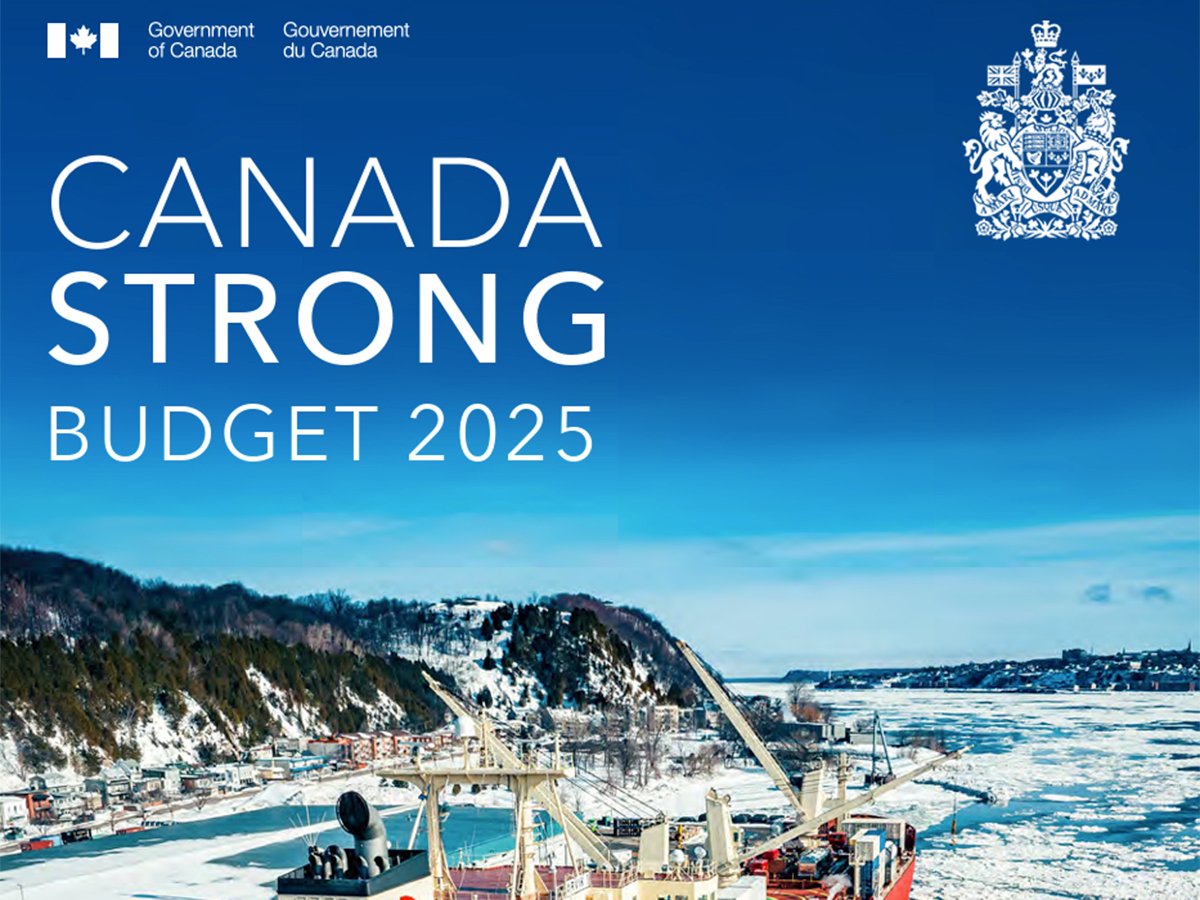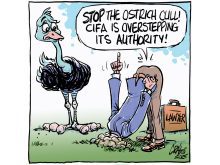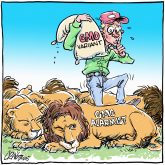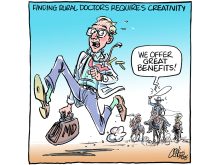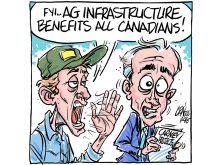The reaction from the agriculture industry to prime minister Mark Carney’s first budget has been largely positive.
This isn’t surprising because it includes measures that will quickly put money in farmers’ pockets and help support long-term growth of the industry.
In 2024, Justin Trudeau’s government proposed raising the federal capital gains inclusion rate to two-thirds, or slightly more than 66 percent, from the current rate of 50 percent.
Read Also

Crop Life hopeful Pest Management Regulatory Agency will cut red tape
The federal budget includes a line about removing cyclical reviews of pesticides on the market. That could free up the Pest Management Regulatory Agency to focus on other tasks
Carney quickly cancelled this increase when he became prime minister earlier this year, and the recent budget reaffirmed that commitment.
Another previously announced measure for canola growers is the increase to the interest-free limit on cash advances to $500,000 for the 2025 and 2026 program years in the Advance Payments Program.
This increase was announced in September as a direct response to the tariffs China placed on Canadian canola.
The budget also includes money to support trade diversification, including the creation of a Strategic Exports Office at Global Affairs Canada, which will “curate a pipeline of international business opportunities and build sophisticated, proactive roadmaps for Canadian senior-level engagement to open doors and remove roadblocks,” according to the budget.
There is more money for CanExport, which encourages small- and medium-sized enterprises, national industry associations and innovators to diversify their exports to new markets abroad.
The Canadian Food Inspection Agency is getting a boost to modernize its processes to make it easier to do business with Canadian companies, which has been well received by agri-food exporters.
Agri-food exports will also benefit from investments in transportation infrastructure, including the Port of Churchill and the Port of Montreal, although the absence of new investments in the Port of Vancouver was noted by Grain Growers of Canada.
Carney’s budget signifies a significant swing away from the social and environmental considerations that anchored Trudeau’s budgets and toward a stronger focus on economic growth and productivity.
A glaring example of this is the dismantling of the Agricultural Climate Solution Living Labs program within Agriculture Canada, which was a significant Trudeau-era program designed to help the sector mitigate and adapt to climate change, protect soil and water quality, and maximise biodiversity in agricultural landscapes.
As well, Agriculture Canada is facing a 15 per cent budget reduction over the next three years as part of a larger government-wide plan to reduce federal public service jobs by up to 40,000 over three years.
The reduction in the department’s budget, and the public service in general, is an understandable move considering the uncertain times the country is facing.
However, it is one of the few areas of the budget where producer groups voiced concern, and for good reason, because this can be viewed as part of a larger trend that sees the federal government gradually back away from agricultural research.
When it comes to crops, germplasm developed at or in partnership with federal labs still forms the backbone of some of the most important varieties grown in Canada.
It is largely the publicly developed, drought tolerant traits that enabled farmers to grow crops through the very difficult drought conditions of recent years.
The immediate need for the sector is market access, on which the budget is focused.
However, we must be careful that the investments required to help the industry pull through future environmental pressures do not fall by the wayside.
Karen Briere, Bruce Dyck, Robin Booker, Paul Yanko and Laura Rance collaborate in the writing of Western Producer editorials.

